Tag Archive for: INTRAW
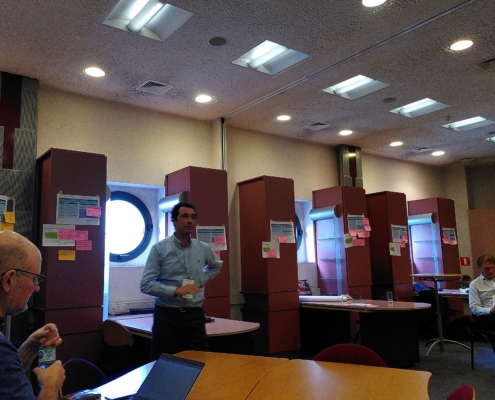 La Palma Research Centre
La Palma Research CentreLPRC joins the INTRAW Scenario Workshop and Meeting
La Palma Research Centre joined the INTRAW (International Raw…
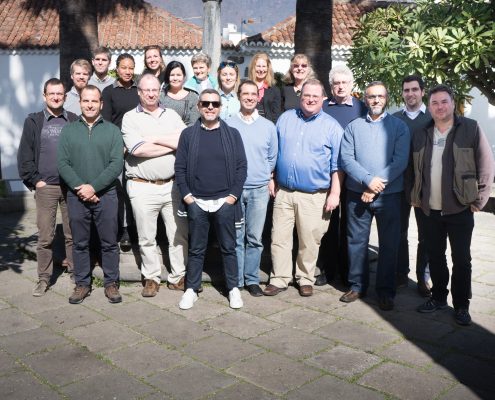
Closing of INTRAW Project
After three years of work, building networks, and identifying…
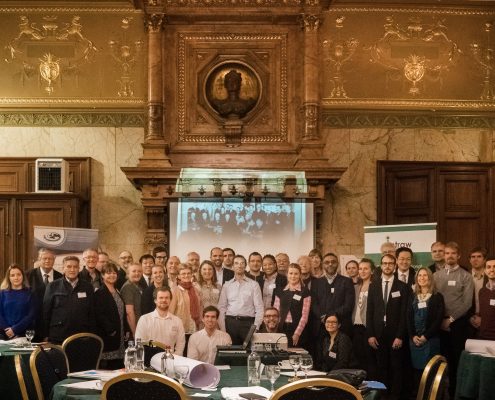
INTRAW workshop with the Experts, Brussels
The INTRAW workshop with the Joint Panel of Experts (JPE) took…
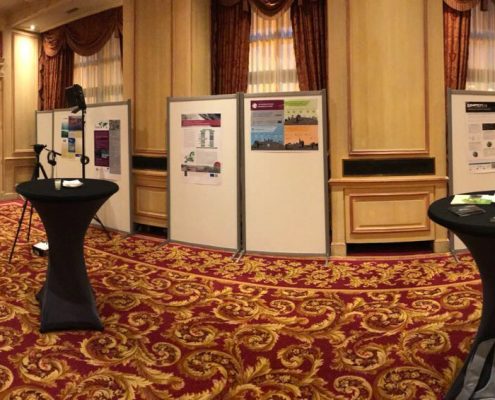
LPRC at the Raw Materials Week 2017, Brussels
The second European Raw Materials Week was held in Brussels from…
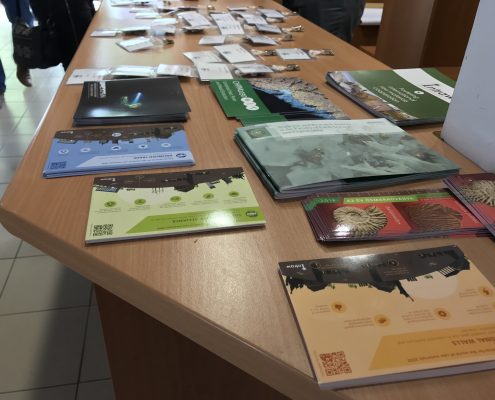
FEMP annual reunion in Sopron, Hungary
The Federation of European Mineral Programs (FEMP) annual reunion…
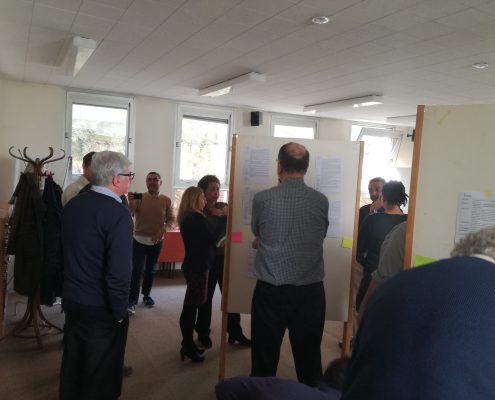
The 5th INTRAW consortium meeting – Paris, France
The 5th INTRAW consortium meeting was held in Paris on the 22nd…
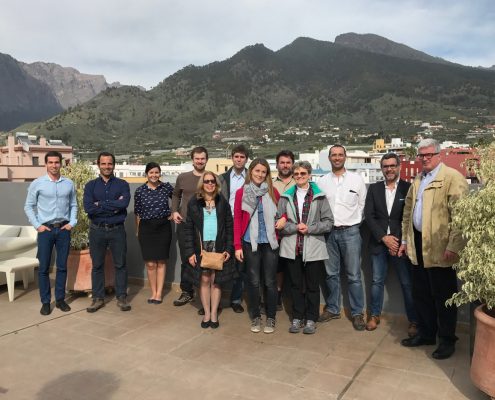
INTRAW WP2 meeting hosted by LPRC
On the 11-12th of January 2017 LPRC had the opportunity to welcome…
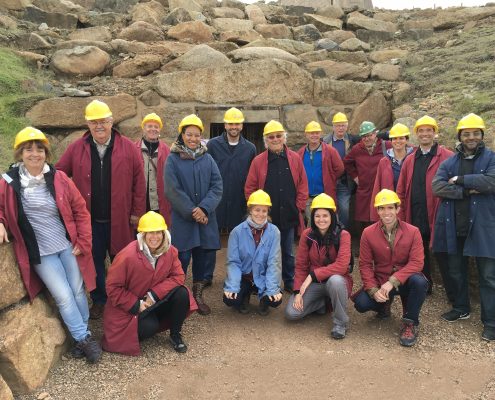
INTRAW Cornwall meeting
October 3-7: INTRAW consortium, review meeting and workshop with…
